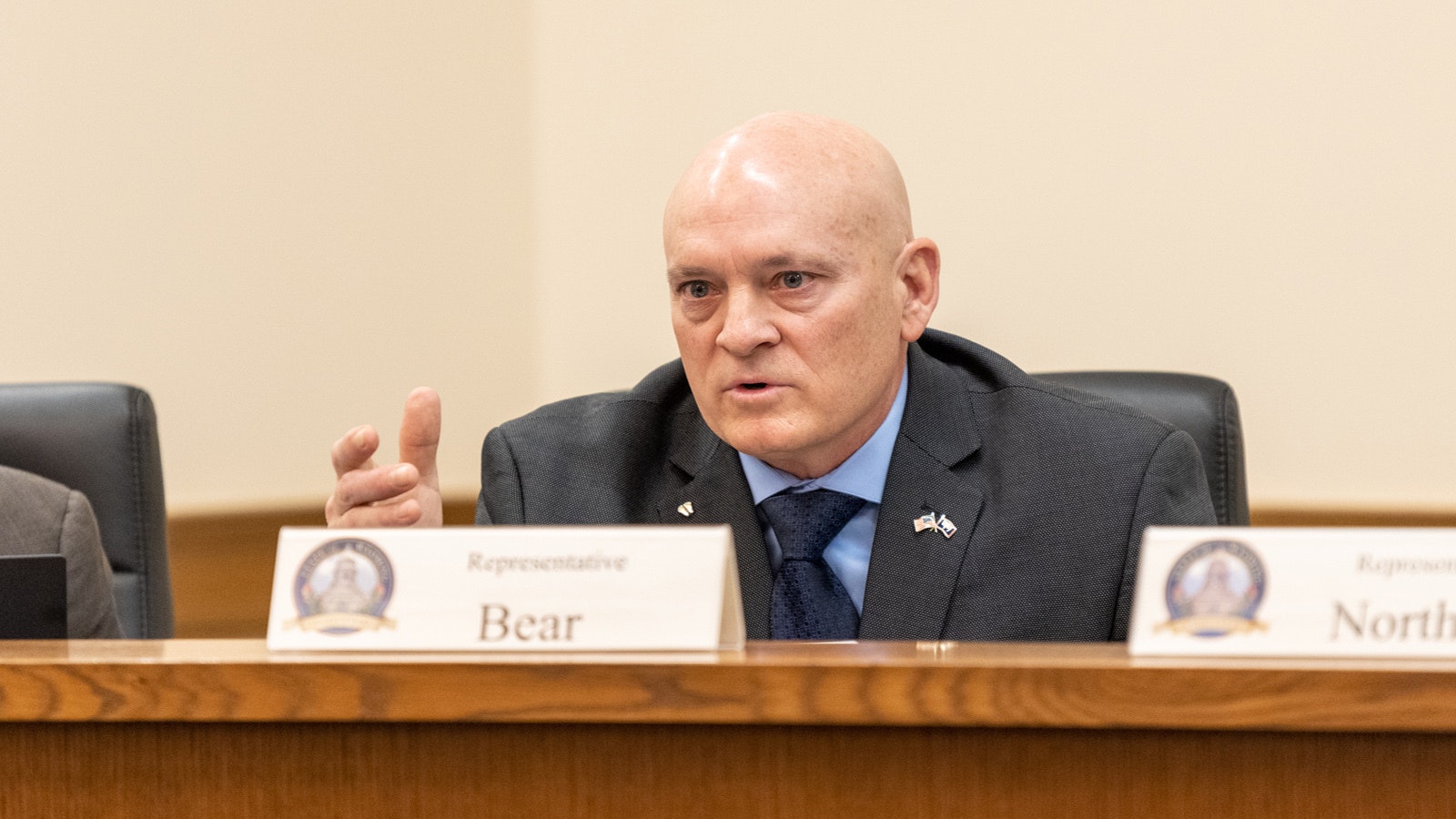By Joshua Wood, Saratoga Sun
It’s a warm, fall afternoon. Summer doesn’t feel quite over, but school is in session and students are watching the clock on the wall wishing for it to move faster and end the school day.
As the teacher continues on with the lesson, it begins to sound somewhat like a trombone in a classic cartoon.
His voice trails off as he wanders towards the windows of the classroom. The students, finally paying attention now that their teacher isn’t talking, look out the windows.
The blue, nearly cloudless sky, is filled with men and women in parachutes landing in the open field outside the school.
The people coming to a graceful landing, as their parachutes drift to the earth, are in suits and carry pens, notebooks and recorders. Some of them also have cameras and camcorders.
Emblazoned on their suits and their equipment are various symbols that are easily recognizable if anyone has been on the internet or has watched television.
Welcome to parachute journalism.
Wyoming, like many other states in ‘flyover country’ is very familiar with parachute journalism, though most people may not have known what to call it.
Whenever rural America makes national news, often through tragedy or following a presidential election, national news organizations send reporters for a quick story and some useful quotes.
The most recent example of this can be found on January 28, when Representative Matt Gaetz (R – FL) attended a rally in Cheyenne to speak out against Wyoming’s own representative, Liz Cheney in a now defeated attempt to oust her from House Republican leadership
This attendance by Gaetz follows Cheney’s vote, along with nine other House Republicans, to impeach former president Donald Trump. It also follows a series of votes by county GOP committees, with Carbon County leading the way, to censure Cheney for her vote.
Of course, it wasn’t just Gaetz—sweater vest and toothy smile—that arrived in Wyoming. National news organizations, from the New York Times to Politico, arrived en masse.
When the third-ranking Republican in the House of Representatives draws the ire of the Trump family, it is apparently national news. With little information and understanding about the area, journalists from outside Wyoming parachuted into the state and looked for a story.
Arguably the most read one came from Politico, in which Tara Palmeri wrote about how she ventured forth into Cheyenne to find someone, anyone, who would voice support for Cheney.
In her article/column in Playbook, Palmeri wrote that she visited a biker bar (also known as the Outlaw Saloon), a vape shop, a hardware store, a gun shop, a steakhouse, a pawn shop and a dentist’s office.
From this, apparently, large sample size Palmeri had determined that it was nearly impossible to find anyone who would voice their support for Cheney.
Though, from what I understand, there were a handful of counter-protestors at the anti-Cheney rally. After a few hours in Cheyenne, Palmeri left and wrote her piece on her “wild day” in Wyoming and was even on MSNBC to talk about her experience.
Nevermind that there are currently a handful of experienced statehouse reporters that regularly speak with Wyoming’s delegation and cover the quick moving Wyoming Legislature who could provide context for national outlets. Beyond the politics, there are many journalists that cover everything from local government to energy to health and education.
“In the pressure-cooker climate to get in fast, get the story first-and, by the way, explain What It All Means (by 10 o’clock please)-the assumptions, short-cuts and stereotyping can be rampant. Even without pressing deadlines, some journalists’ biases about certain regions can simply go unchecked,” wrote Marjie Lundstrom for Poynter in 2001. “Put it together and … presto! A new reality, one even the natives can scarcely recognize.”
It doesn’t have to be like this. While I understand the desire, as a new organization, to produce original content what good does it do when it barely scratches the surface of the issue gaining national attention?
How helpful is it to those reading, or watching, a report on a current event that doesn’t quite get it right?
Wouldn’t it be more beneficial, to both the national news organization and the local newspaper, to rely on the local reporters who will still be around after whatever has captured the national attention fades away?
Nationwide, local newspapers are in a near constant struggle to keep their doors open and keep their communities informed. Approximately 1,800 newspapers have ceased production since 2004 and, in the first few months of 2020, nearly 60 newsrooms were shuttered.
Larger newspapers, like the Washington Post and the New York Times, meanwhile, reported increases in subscriptions in recent years.
Additionally, newspapers like the Post and the Times will run articles on the decline of local news while, arguably, contributing to its decline by not relying on local journalists and local newspapers to provide much needed context.
The idealist in me would like to see these larger newspapers, the ones who can afford parachute journalists and international correspondents, help out their smaller peers by not only relying on their reporting, but compensating them for that reporting.
I’ll keep dreaming.





